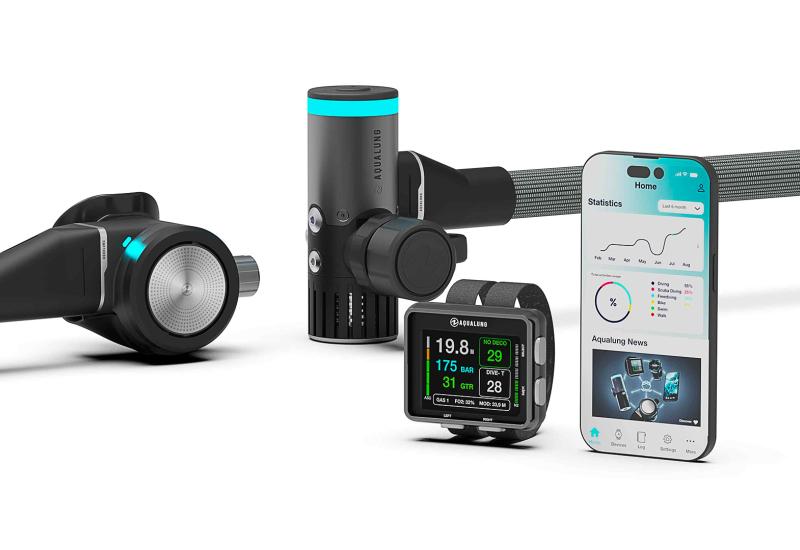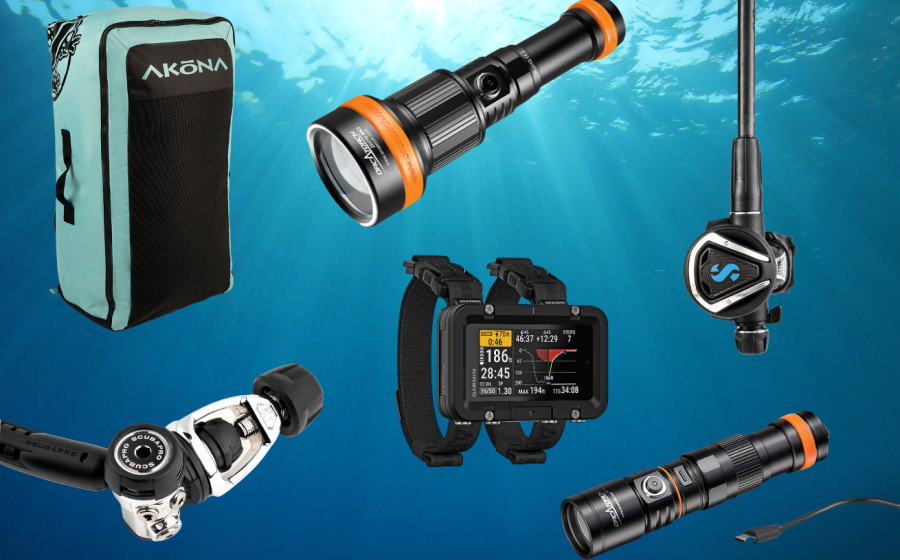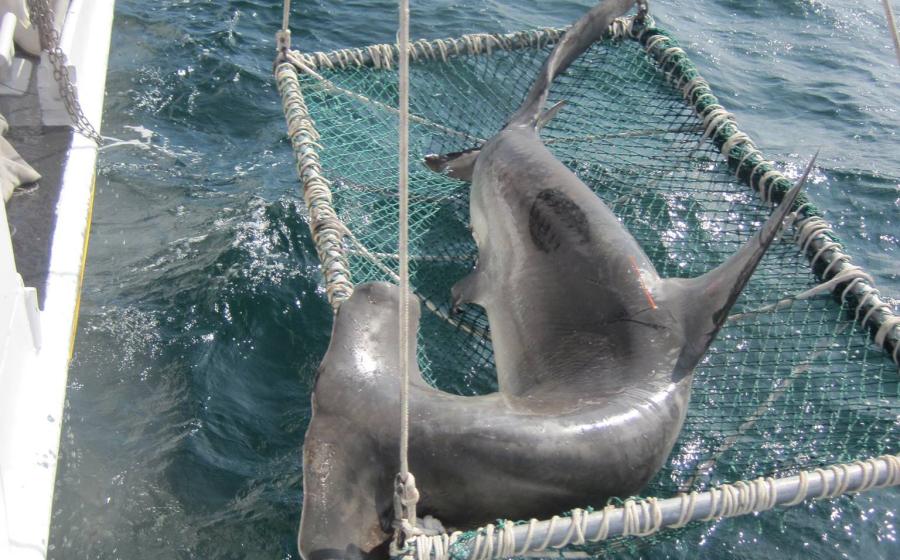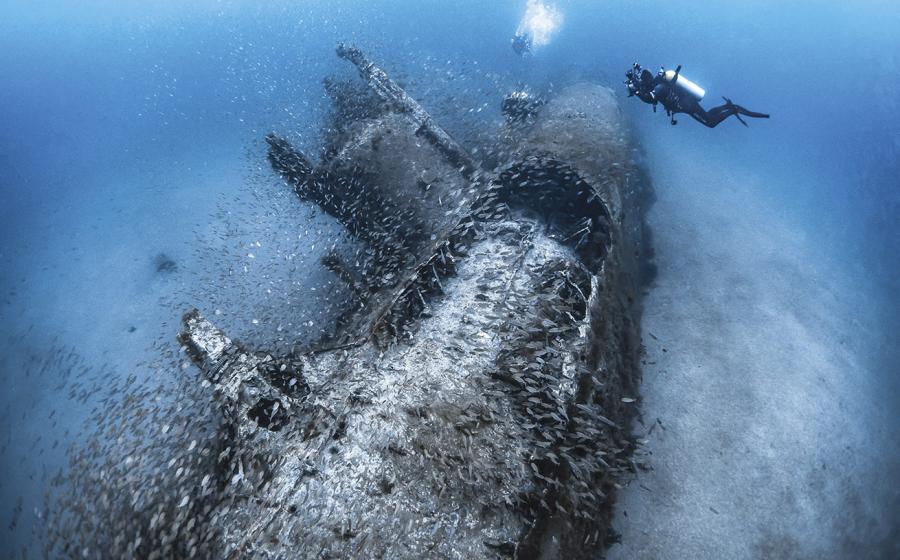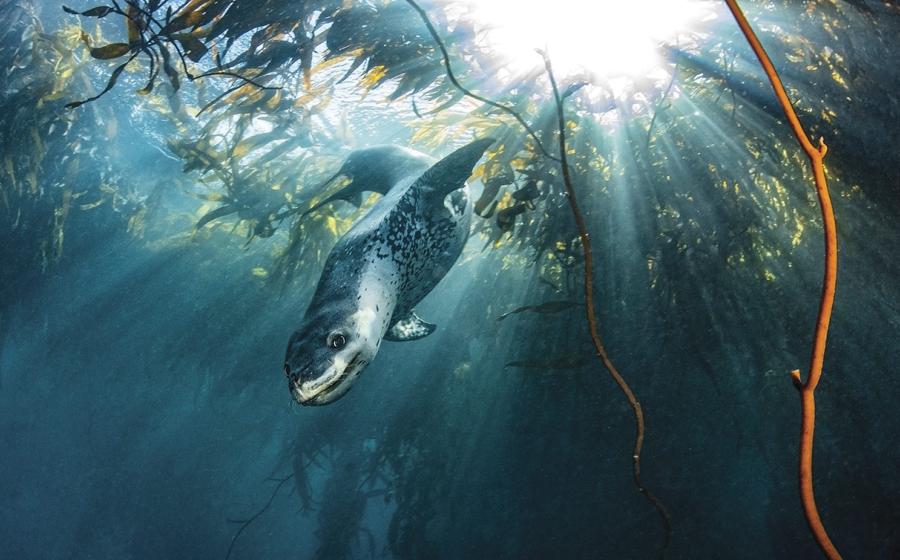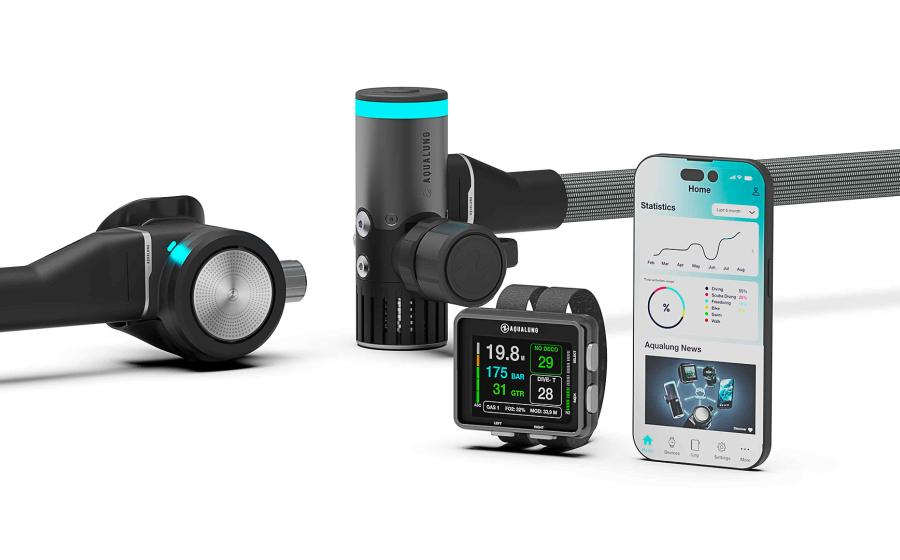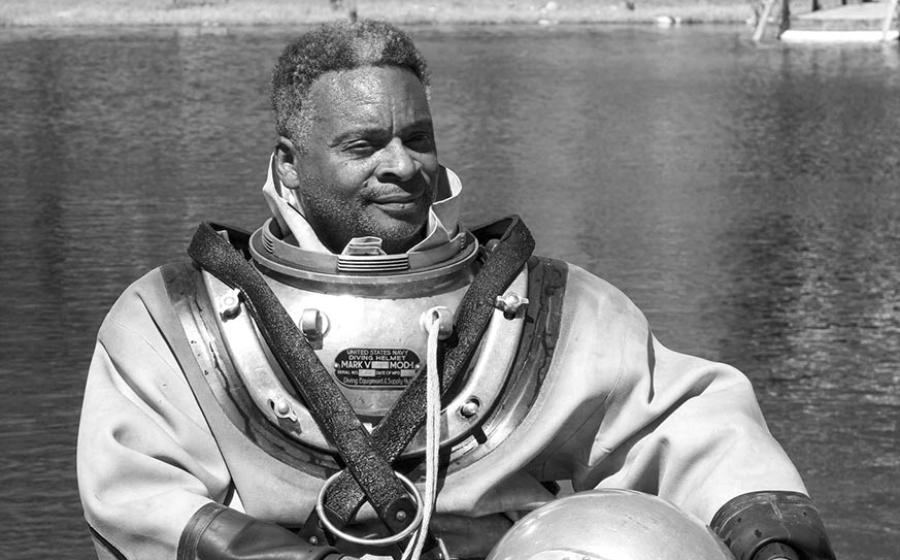Erick Higuera Named September Sea Hero for Photo Identification Work
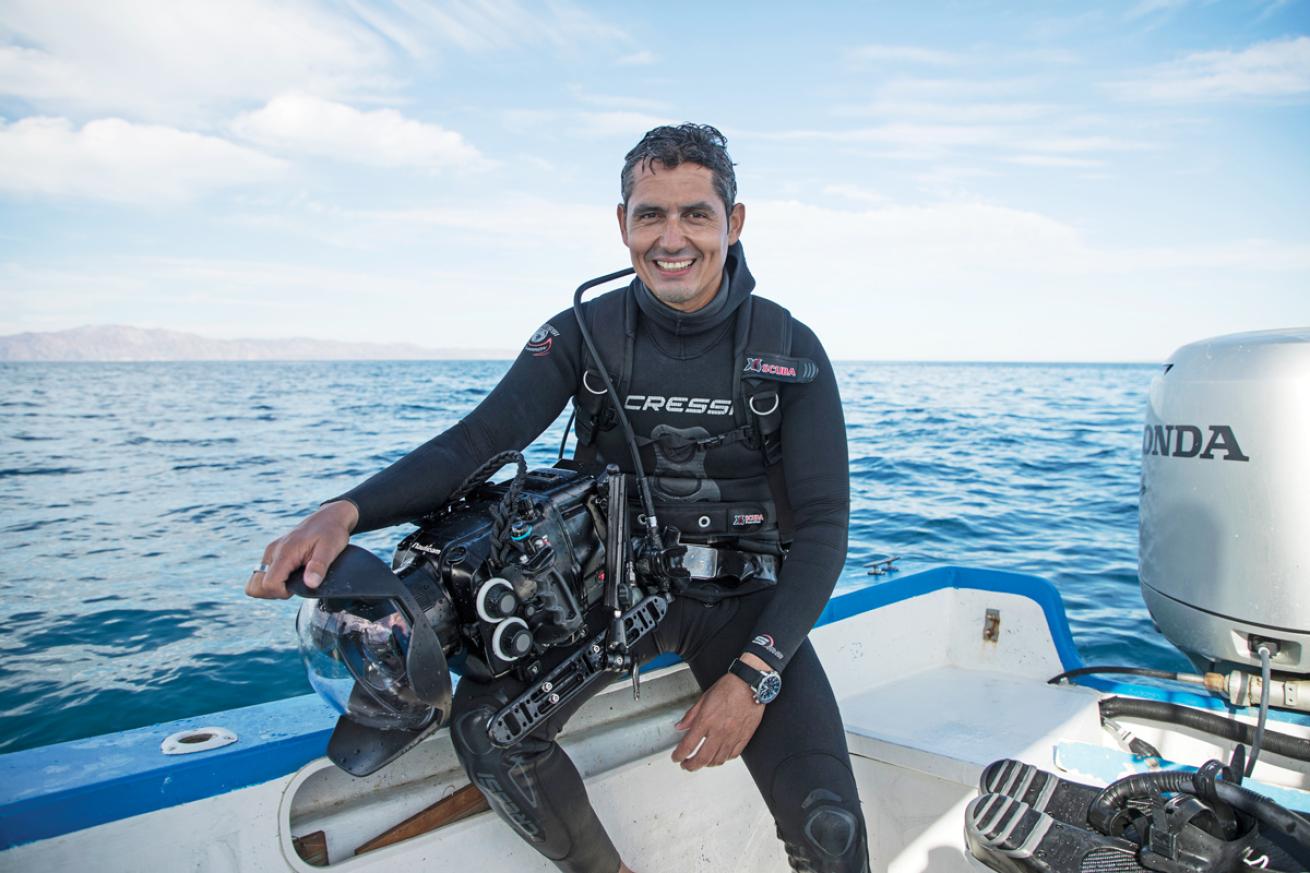
David SerradellSea Hero Erick Higuera.
Award-winning underwater filmmaker and marine biologist Erick Higuera has spent more than 20 years diving and documenting his experiences in and around the Gulf of California and Mexico’s Revillagigedo Islands. His understanding of pelagic animals has led him to conduct photo-identification (photo-ID) research and maintain databases for oceanic manta rays, bottlenose dolphins and, more recently, orca pods in the Gulf of California.
For his passion in conducting ongoing research, his countless contributions to photo-ID databases and conserving the animals and environments he comes in contact with, Erick Higuera is our September Sea Hero.
Each Sea Hero featured in Scuba Diving receives a Seiko SRPD43 watch valued at $525. For our December issue, judges select a Sea Hero of the Year, who receives a $5,000 cash award from Seiko to further their work. Nominate a sea hero.
Year Dive Certified: 1998
Age When Certified: 21
Dive Certification Level: Master Scuba Diver Trainer
Words To Live By:
- “Things happen for a reason.”
- “At sea, don’t leave animals to find animals.”
- “The sea, once it casts its spell, holds one in its net of wonder forever.” —Jacques Cousteau
Instagram: @erickhigueraimagery
Vimeo: vimeo.com/EricHiguera
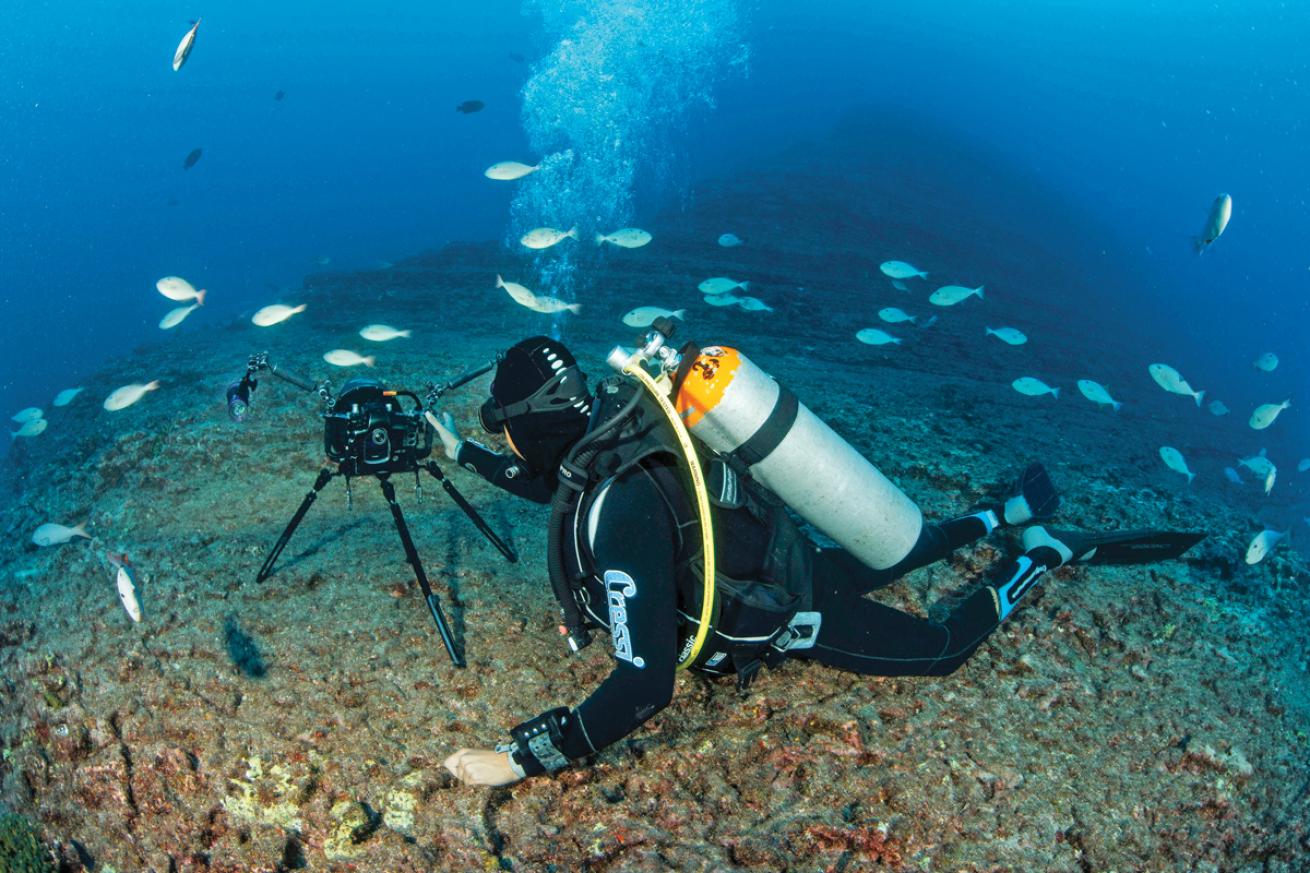
Franco BanfiHiguera sets up the camera for a time-lapse photo in Revillagigedo National Park.
Q: How important is marine photo ID to conservation efforts?
A: Conservation policies require the status of protected species to be monitored. Through photo identification we can estimate a number of things, including total abundance, movement patterns, mark-recapture and survival. Photo identification can also be used in conjunction with citizen science.
Q: Since 2006 you have been conducting photo ID of oceanic mantas. Can you explain the importance of this database?
A: The giant oceanic manta is a species that has been subject to great fishing pressure in the Gulf of California for many years, and its population has not been the same since 2002. The photo-ID project allows us to continue monitoring the population. Currently, we are preparing the manuscript that includes all the information we have obtained by photo-IDing mantas for the past 16 years.
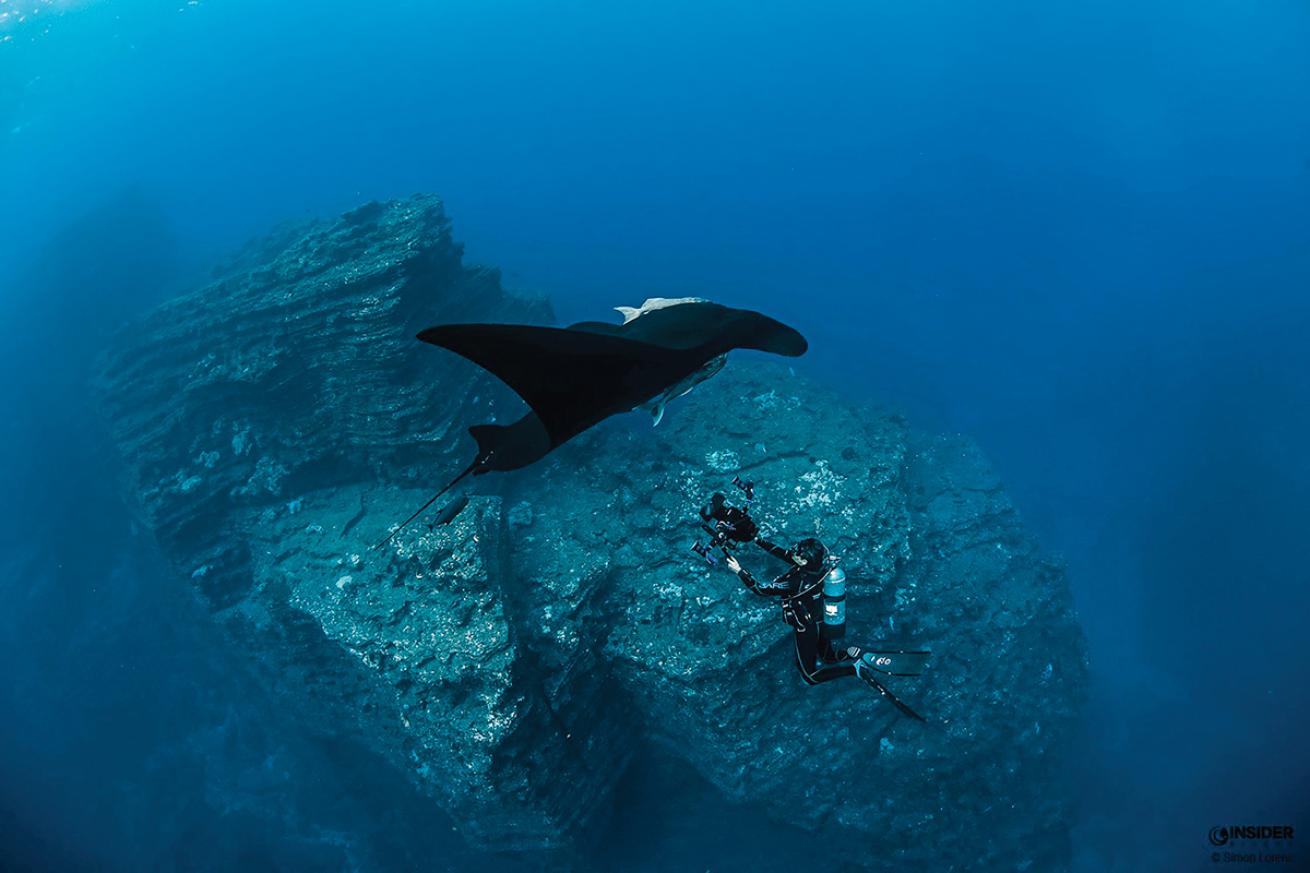
Simon Lorenz/Insider DiversHiguera captures photo-ID data of an oceanic giant manta at a site called the Boiler in the Revillagigedo Islands.
Q: More recently, you have expanded your photo-ID database to include orcas. What is the importance of this most recent project?
A: We are working on a project called “Trophic structure, bioaccumulation and trophic transfer of trace elements in three species of cetaceans in the Gulf of California,” in collaboration with the Rufford Foundation, Pelagic Life, Mobula Conservation Project and the Autonomous University of Baja California Sur (UABCS) with project leader Dr. Francesca Pancaldi.
We collect tissue samples from orcas and some of their prey (dolphins, fin whales, mobulas and other rays) to measure trace elements in their bodies. We use photo ID and scientific documentation of orcas’ hunting strategies to establish the health status of these species and determine if there is a threat from marine pollution.
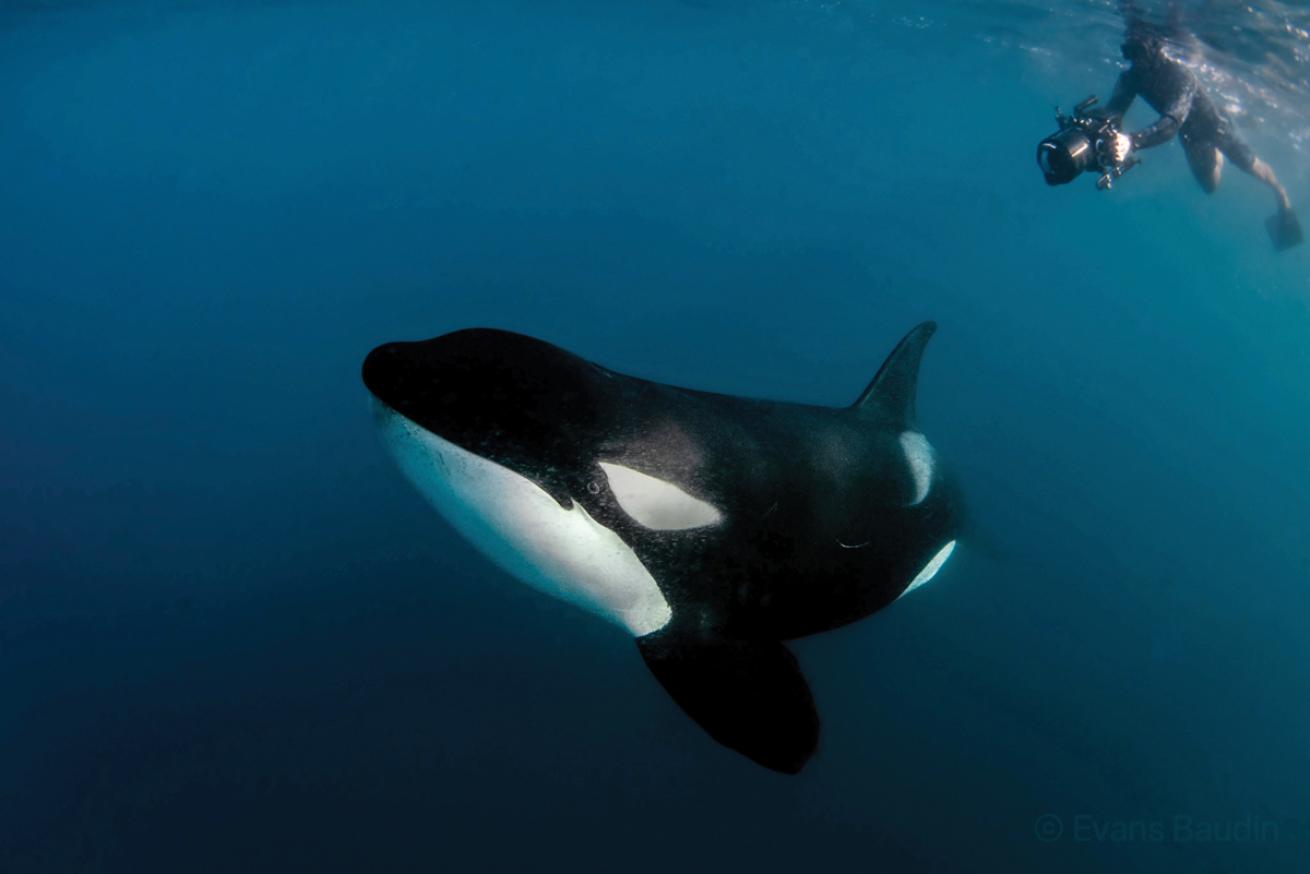
Evans Baudin/Baja Shark ExperienceHiguera captures photo-ID data of an orca in the Gulf of California.
Q: You are involved with several non-profit and marine megafauna conservation efforts. What are you currently working on?
A: The touristic activity of swimming with orcas is emerging in Baja California Sur. Currently, this activity is not regulated and often involves the harassing of animals, forcing them to shift their natural behavior. Orcas use this habitat as a feeding ground, but the presence of up to 15 to 20 boats in the vicinity of the hunting pod is proven to be extremely stressful for the animals.
Aerial images have shown a sudden change of behavior due to the presence of boats too close to the individuals. In addition, the way in which the activity is carried out sometimes shows a lack of judgment on the part of the tourist service providers, who navigate at high speeds in the vicinity of the animals. We are organizing meetings involving local actors to discuss the situation and how to improve the management of this activity.
A socioeconomic study, evaluation and analysis of the current tourist activity will be carried out in collaboration with other working groups. This information will be key to establishing guidelines and best practices to manage tourist activity.
Q: How does your background as a marine biologist bring a different perspective to your work as a photographer and filmmaker?
A: As a marine biologist, filming and photographing marine wildlife has helped me to understand the behavior, social structure and dynamic population of marine species and bring them into focus. Collaborating and communicating with scientists and reading scientific articles helps me gain a better and more complete understanding of the status of the species I am going to film, as well as their behavior in our local seas.
Having spent many years exploring the waters surrounding the Baja California Peninsula and the Revillagigedo National Park, I have been able to share underwater photos and videos of marine life that have touched and sensitized the local community. I realized how invisible the marine realm is to many people, and that triggered a desire to create images that could inspire and raise awareness about the protection and conservation of our oceans and their inhabitants.
Q: You’ve witnessed firsthand a decline in mantas and shark populations in the Gulf of California. Are you still hopeful for these species? What emotion do you try to capture in your work to help further their conservation?
A: I believe that all the conservation efforts applied in collaboration with scientists, nonprofit organizations, local government and the private sector will allow protection of critical areas such as breeding grounds, cleaning stations and feeding areas, and will establish regulations for marine corridors.
As a photographer and wildlife filmmaker, it is important to connect the world not just to a particular species but to connect them to the entire marine ecosystem that is at risk. I want to highlight the continuing threats to marine life from commercial and sport overfishing, and the need for proper regulations and effective enforcement to maintain this ecosystem and its incredible pelagic species. I look forward to connecting human communities with the marine environment. I want to contribute to stopping the negative impact that man is having on marine life.
Q: What advice do you have for amateur underwater photographers and videographers looking to contribute to conservation efforts?
A: As a responsible underwater photographer, you should always respect marine wildlife before taking the photo. No image is worth destroying or disturbing our oceans. Always be aware of your surroundings and the water conditions. No matter what camera you have, get out there— practice, practice, practice and practice more to master your skills and always be creative. You don’t need an expensive camera to make a big impact. You just need the camera you have and a passion to use it. The point is to tell a story through images!

